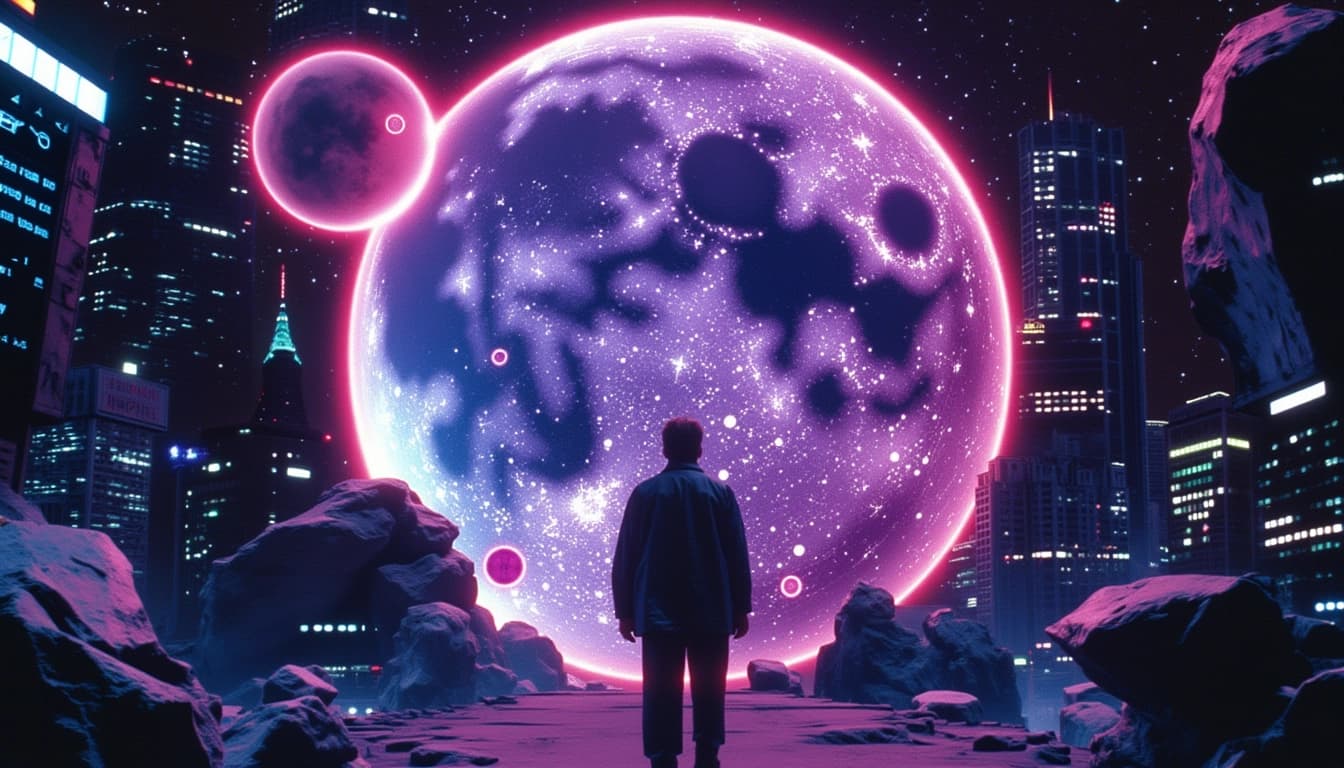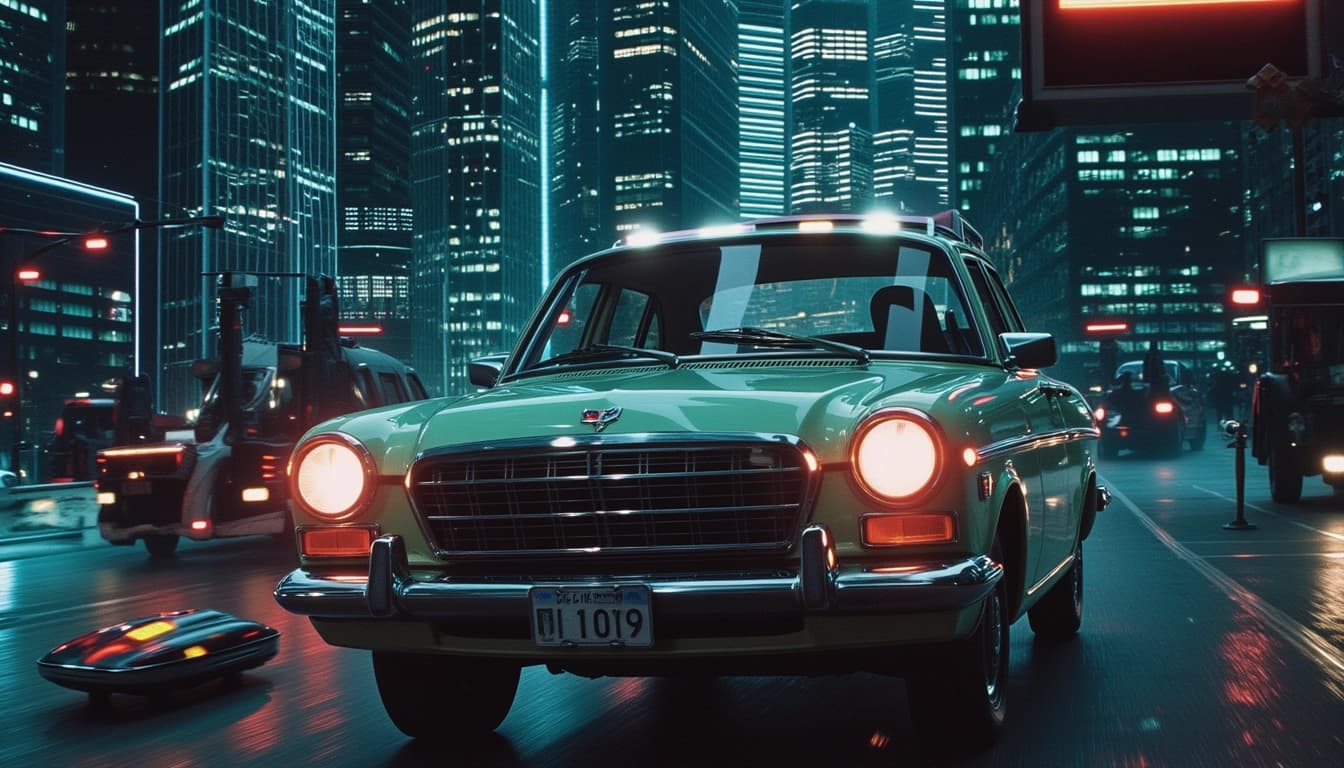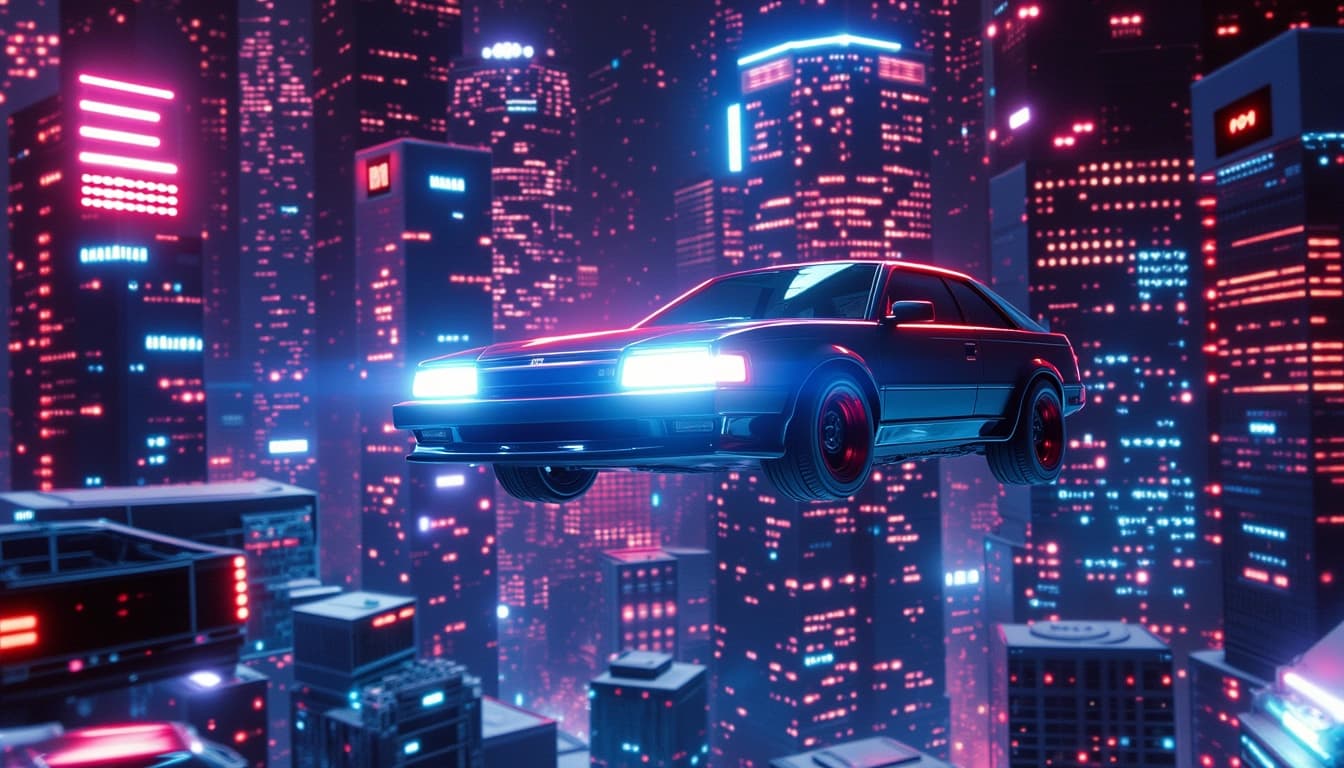
Exploring Dream Worlds with Disco-Diffusion: Still Relevant in 2025?
By John Doe 5 min
Key Points
It seems likely that Disco-Diffusion is no longer a leading tool for AI image generation in 2025, given advancements in newer models.
Research suggests its unique features, like non-square image support, are now common in modern tools, reducing its relevance.
The evidence leans toward artists and users preferring faster, higher-quality options like Stable Diffusion for exploring dream worlds.
Introduction
Disco-Diffusion, once a pioneer in AI-generated art, allowed users to create dream-like images from text prompts using CLIP-guided diffusion. As of March 30, 2025, we explore whether it remains relevant in a field that has seen rapid evolution.
Current Landscape
In 2025, AI image generation has advanced with tools like HART (Hybrid Autoregressive Transformer), which generates high-quality images faster than traditional diffusion models, and updates to Stable Diffusion 3, enhancing text rendering and efficiency. These developments suggest Disco-Diffusion may struggle to compete.
Relevance and Usage
While Disco-Diffusion was last updated in 2023 with version 5.4.0, community discussions from early 2024 indicate it's considered outdated compared to newer tools. Its lack of recent activity and updates suggests it's no longer at the forefront, with users likely turning to more advanced options for exploring dream worlds.
Unexpected Detail
Interestingly, despite its decline, some artists may still value Disco-Diffusion for its nostalgic appeal, evoking the early days of AI art, though this is more sentimental than practical.
Disco-Diffusion operates by using diffusion models, a type of generative AI, to transform text prompts into images. It was notable for features like support for non-square image creation and the ability to use multiple CLIP models simultaneously, offering flexibility for artistic expression. Its open-source nature, running on Google Colab, made it accessible, requiring no local setup, which was a significant advantage in 2022.
The Evolution of AI Image Generation by 2025
By 2025, AI image generation has evolved considerably. Key developments include advancements in speed, quality, and multimodal capabilities. These improvements have made AI tools more accessible and versatile, enabling a broader range of applications beyond just static images.
HART (Hybrid Autoregressive Transformer)
HART represents a significant leap in AI image generation, combining autoregressive and diffusion approaches to produce high-quality images much faster. This model can run locally on commercial laptops, making it more accessible to a wider audience. Its efficiency and performance mark a notable improvement over previous technologies.
Stable Diffusion 3
Stable Diffusion 3 introduces the Multimodal Diffusion Transformer (MMDiT), which enhances text understanding and image rendering. This update is particularly effective for complex prompts, providing more accurate and detailed outputs. It reflects the ongoing refinement of diffusion models in the AI space.
Multimodal Models
The trend toward multimodal models has gained momentum, with AI now capable of handling audio, video, and images in addition to text. This expansion broadens the scope of AI applications, enabling more integrated and interactive experiences across different media formats.
Robotics and AI Agents
AI's integration into robotics has advanced, with foundation models now supporting physical interactions. This development opens up new possibilities for AI in real-world environments, from manufacturing to healthcare. The synergy between AI and robotics is expected to grow even further in the coming years.
Conclusion & Next Steps
The rapid advancements in AI image generation by 2025 highlight the field's dynamic nature. Tools like HART and Stable Diffusion 3 demonstrate significant improvements in speed, quality, and versatility. As AI continues to evolve, its applications will expand, offering new opportunities for creativity and innovation.
- Explore HART for faster image generation
- Experiment with Stable Diffusion 3 for complex prompts
- Consider multimodal models for integrated media solutions
- Investigate AI in robotics for physical applications
The landscape of AI-generated art has evolved rapidly, with tools like Stable Diffusion and Midjourney leading the charge. These platforms have set new standards for speed, quality, and accessibility, making them popular choices for artists and developers alike. However, amidst this progress, questions arise about the relevance of older tools like Disco-Diffusion in 2025.
The Evolution of AI Art Tools
In recent years, AI art generation has seen significant advancements, with models like Stable Diffusion 3 and Midjourney v6 pushing the boundaries of what's possible. These tools offer faster processing times, higher resolution outputs, and improved coherence in generated images. The competition in this space is fierce, with each new release aiming to outperform its predecessors.
Key Features of Modern AI Art Tools
Modern AI art tools excel in several areas, including real-time generation, fine-tuned control over outputs, and integration with other creative software. For example, Stable Diffusion 3 introduces enhanced prompt adherence and reduced artifacts, while Midjourney v6 focuses on stylistic versatility and photorealism. These features make them indispensable for professionals and hobbyists alike.
Disco-Diffusion's Place in 2025
Disco-Diffusion, once a pioneering tool in AI art generation, has seen its relevance wane as newer, more advanced models emerge. Its last major update was in mid-2023, and the lack of subsequent development has left it behind in terms of performance and features. Community feedback suggests that users have largely moved on to more capable alternatives.
Unique Aspects of Disco-Diffusion
Despite its limitations, Disco-Diffusion retains some unique qualities, such as its ability to create highly abstract and experimental visuals. Some artists still use it for niche projects where its distinctive style is desired. However, these use cases are increasingly rare as other tools incorporate similar capabilities with better performance.
Conclusion & Future Outlook
The rapid pace of innovation in AI art generation means that tools must continuously evolve to stay relevant. Disco-Diffusion, while groundbreaking in its time, has been surpassed by more advanced models. Looking ahead, the focus will likely remain on improving speed, quality, and user accessibility, leaving older tools like Disco-Diffusion as relics of an earlier era.

- Stable Diffusion 3 offers superior prompt adherence and faster generation times.
- Midjourney v6 excels in stylistic versatility and photorealism.
- Disco-Diffusion is now considered outdated for most practical applications.
Disco Diffusion, once a popular AI image generation tool, has seen a decline in usage by 2025 due to the emergence of more advanced alternatives. While it was known for its abstract and artistic outputs, newer models like Stable Diffusion 3 and Midjourney v6 offer superior quality and faster generation times. The tool's reliance on older CLIP models and slower processing speeds have made it less competitive in the current landscape.
Why Disco Diffusion is Outdated in 2025
Disco Diffusion's limitations in speed and hardware requirements have become significant drawbacks. Modern tools can generate high-quality images in seconds, whereas Disco Diffusion often takes minutes. Additionally, newer models provide better adherence to prompts, higher resolution outputs, and more detailed artwork, making them the preferred choice for most users.
Hardware and Performance Issues
Disco Diffusion requires substantial VRAM (12GB or more) and often relies on Google Colab for operation. In contrast, tools like Stable Diffusion can run efficiently on single GPUs with less than 16GB VRAM. This makes modern alternatives more accessible to a broader audience, including those without high-end hardware.
The Rise of Modern AI Image Generators
Tools like Stable Diffusion 3 and Midjourney v6 have set new standards in AI-generated art. They incorporate advanced architectures, multimodal capabilities, and text-in-image features, which Disco Diffusion lacks. These innovations have led to a shift in community interest, with fewer developers and artists focusing on Disco Diffusion.
Community and Support Decline
The Disco Diffusion community has dwindled, with minimal activity on platforms like GitHub and Reddit. Last updates and discussions date back to early 2024, indicating a lack of ongoing development. In contrast, modern tools enjoy vibrant communities, regular updates, and extensive documentation, making them more sustainable for long-term use.
Conclusion & Next Steps
While Disco Diffusion played a pivotal role in the early days of AI art generation, it has been overshadowed by faster, more capable tools in 2025. Artists and developers are encouraged to explore modern alternatives that offer better performance, quality, and community support. The evolution of AI image generation continues to accelerate, with new innovations emerging regularly.
- Disco Diffusion is slower and less efficient than modern tools
- Newer models like Stable Diffusion 3 offer higher-quality outputs
- The Disco Diffusion community has significantly declined
- Modern tools are more accessible and require less hardware
Disco Diffusion is an AI-powered tool that generates stunning images from text prompts. It leverages advanced diffusion models to create high-quality, artistic visuals based on user inputs. The tool has gained popularity among digital artists and creators for its ability to produce unique and imaginative artwork.
How Disco Diffusion Works
Disco Diffusion uses a combination of machine learning models to interpret text prompts and generate corresponding images. The process involves multiple steps, including noise reduction and iterative refinement, to produce the final output. Users can fine-tune parameters to achieve desired styles and effects, making it a versatile tool for creative projects.
Key Features of Disco Diffusion
One of the standout features of Disco Diffusion is its ability to handle complex prompts and generate detailed images. The tool supports various artistic styles, from photorealistic to abstract, and allows users to experiment with different settings. Additionally, it offers customization options such as color palettes, composition adjustments, and texture enhancements.
Applications of Disco Diffusion

Disco Diffusion is widely used in digital art, marketing, and entertainment industries. Artists use it to create concept art, while marketers leverage it for visually appealing advertisements. The tool is also popular in game development and film production for generating backgrounds and promotional materials.
Getting Started with Disco Diffusion
To begin using Disco Diffusion, users need to access the tool through its online platform or API. The interface is user-friendly, with tutorials and guides available to help newcomers. Experimenting with different prompts and settings is encouraged to explore the tool's full potential.
Conclusion & Next Steps
Disco Diffusion is a powerful tool for anyone looking to create AI-generated art. Its versatility and ease of use make it accessible to both beginners and professionals. By experimenting with prompts and settings, users can unlock endless creative possibilities.
- Explore different text prompts to see varied results
- Adjust settings to fine-tune the output
- Share your creations with the community for feedback